The skull symbol has held a fascination for humanity for centuries, appearing in art, rituals, and popular culture. Its universal appeal lies in its ability to evoke powerful emotions and diverse meanings. Whether symbolizing mortality, rebellion, or celebration, the skull’s imagery remains timeless. This guide explores the rich history, varied interpretations, and contemporary uses of the skull symbol, showcasing its enduring influence across cultures and mediums.

The Skull Symbol in Historical Context
The skull has been a universal emblem throughout history, symbolizing both life and death. In Ancient Egypt, skulls were often associated with the afterlife and spiritual protection. Elaborate burial practices, including the construction of pyramids, reflected a deep reverence for death and what lay beyond. Similarly, the Aztecs incorporated skull imagery in rituals honoring deities like Mictlantecuhtli, the god of death. These traditions evolved into the modern Day of the Dead skull celebrations in Mexico, where skulls represent the vibrant remembrance of ancestors.
In medieval Europe, the Totenkopf (German for “death’s head”) became a stark reminder of mortality during the Black Death and in religious art. Memento mori—artistic symbols that remind viewers of life’s transience—often featured skulls, encouraging reflection on one’s mortality. The skull and crossbones gained prominence during the same era as a symbol of danger, used on poison labels and pirate flags. Pirates adopted it to strike fear into their enemies, associating the skull with lawlessness and rebellion.
The symbolic power of the human skull also extended to military insignia. In the 18th and 19th centuries, the Totenkopf appeared on Prussian and German uniforms, symbolizing loyalty and fearlessness. Its grim yet bold imagery continues to intrigue, often inspiring reinterpretations in art and design.
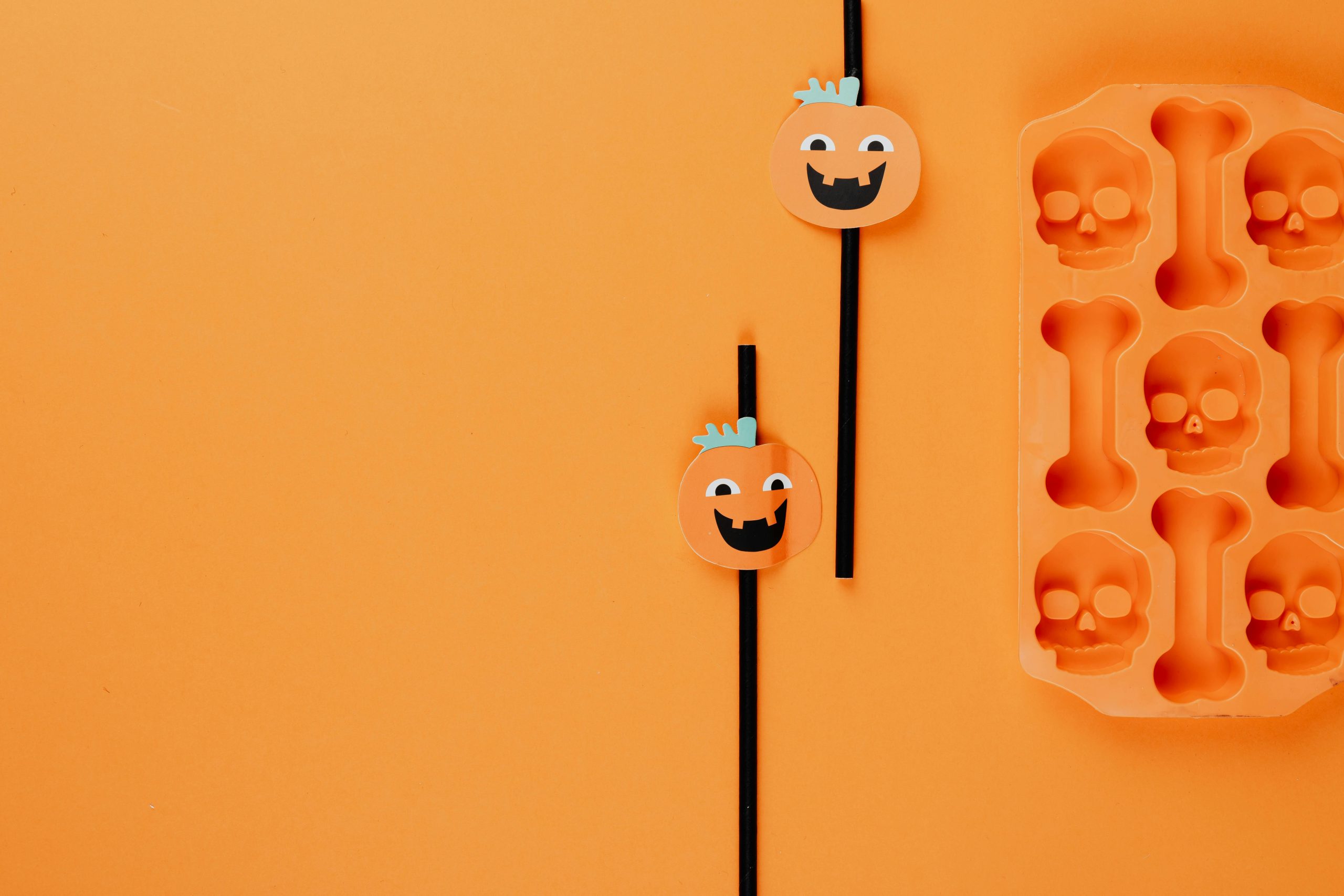
Modern Uses of the Skull Symbol
The skull symbol has transcended its historical roots, becoming a mainstay in modern culture. From tattoos and jewelry to digital emojis, its versatility allows it to take on various meanings depending on the context.
1. Skull in Fashion and Jewelry
Designers have embraced the skull for its edgy appeal. Skull motifs appear on everything from t-shirts and leather jackets to fine jewelry. A skull ring, for example, can symbolize resilience, individuality, or rebellion. In high fashion, brands like Alexander McQueen have incorporated the skull into iconic designs, merging luxury with a touch of the macabre.
2. Digital Skull Icons and Emojis☠
The digital age has popularized new forms of skull imagery, such as the skull emoji and skull text symbol. These icons are widely used in messaging and social media to convey humor, sarcasm, or danger. The skull png, a transparent digital image of a skull, is another favorite for graphic designers and marketers. Whether in logos or digital artwork, skull imagery remains a symbol of boldness and creativity.
3. Subcultures and Tattoos
In subcultures like goth and punk, the skull is a statement of defiance and individuality. It often appears in tattoos, where it takes on deeply personal meanings, such as a reminder of life’s fragility or a symbol of overcoming hardships. The skull and crossbones, once feared, is now reimagined in playful or artistic ways, showing how its meaning has shifted over time.

Cultural Interpretations: What Do Skulls Symbolize?
Skulls hold different meanings depending on cultural and personal contexts. In Mexico, the Day of the Dead skull is a joyous representation of life and remembrance. These colorful skulls, often made of sugar or ceramic, celebrate loved ones who have passed away.
In Eastern traditions, skulls are linked to spirituality and transformation. Tibetan monks use skulls in rituals to meditate on impermanence, while in Hinduism, depictions of deities like Kali often include skull imagery to symbolize destruction and renewal.
Western interpretations often focus on mortality and danger. The skull and crossbones, for instance, has long been associated with poison or piracy. Yet, even in these contexts, the skull can signify strength and courage in the face of adversity. Today, the human skull is also appreciated as an artistic subject, appearing in sculptures, illustrations, and even home decor.
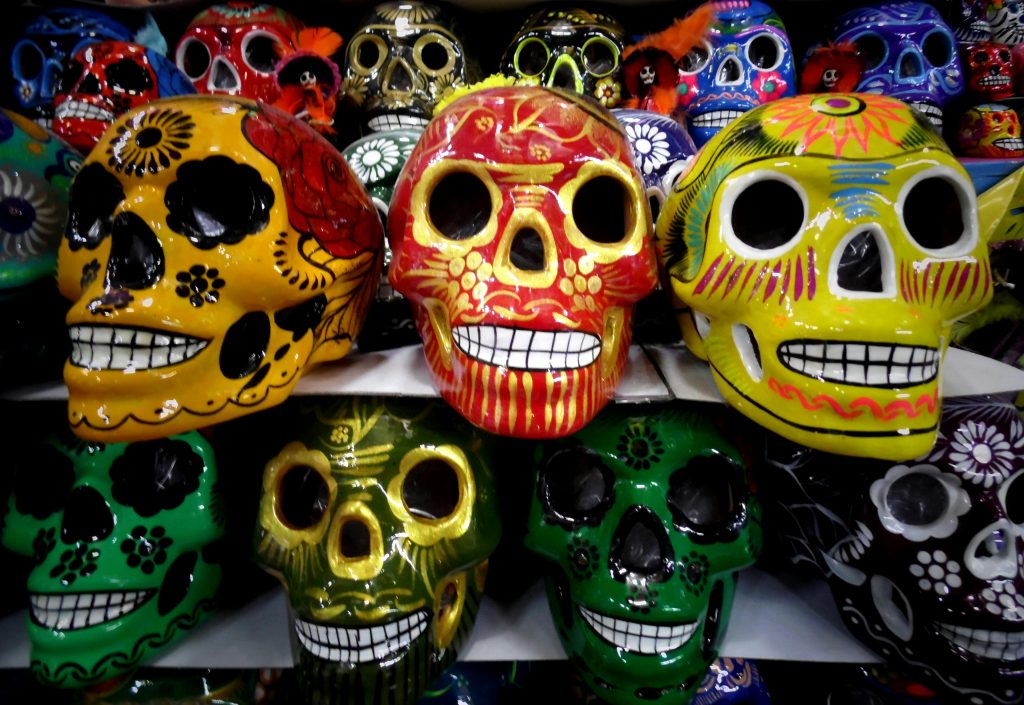
Styling the Skull Symbol in Everyday Life
The skull’s adaptability makes it a popular choice for personal expression. Whether through fashion or interior design, incorporating the skull symbol can add a bold, edgy statement to any style.
For those looking to wear the skull symbol, jewelry offers an accessible way to embrace its allure. Skull rings, necklaces, and bracelets can complement both casual and formal outfits. For example, a silver skull pendant paired with a leather jacket exudes a rebellious vibe, while a minimalist gold skull ring adds sophistication.
In home decor, skull motifs can create a dramatic effect. Skull-themed artwork, candle holders, or even decorative skull icons can bring a touch of the gothic aesthetic into modern spaces. Digital creators also frequently use skull png files to add striking visuals to their designs, showcasing its artistic versatility.

Why the Skull Symbol Endures
The skull symbol’s timeless appeal lies in its ability to convey multiple layers of meaning. It speaks to universal themes of life, death, and identity while adapting to the aesthetics of each era. From the solemn rituals of the Aztecs to the rebellious spirit of modern subcultures, the skull remains a powerful emblem of humanity’s shared experiences.
If you’re inspired by the enduring legacy of the skull, explore our curated collection of skull-themed jewelry and accessories. Discover bold rings, intricate necklaces, and other unique pieces that capture the spirit of this iconic symbol.
Alicia
Alicia is a passionate writer with degrees in English and American Literature. Her journey through the worlds of fashion, culture and design is as fascinating as her literary pursuits. Beyond literature, Alicia is equally an optimist who loves life. Whether it's photography, knitting, pottery, or yoga, she's willing to try it all. Beyond trends and labels, she advocate for sustainability and ethical fashion practices. She believe in the power of conscious consumerism, and she strives to highlight brands that prioritize environmental responsibility and social impact.
Recent Posts
Your Goth Christmas Style Guide
11/25/2025How to Prepare for Halloween Night
10/28/2025Categories
Related Articles
Your Goth Christmas Style Guide
The holiday season is often painted in bright reds, greens, and sparkling...
ByAlicia11/25/2025Moss & Misdemeanor: Fairy Grunge Style and Outfits
The fashion world constantly mixes ideas to create new, unique looks. The...
ByAlicia11/18/2025How to Prepare for Halloween Night
As the leaves change and the air turns crisp, the excitement for...
ByAlicia10/28/2025Clean Goth vs. Trad: Mastering the New Minimalist Style
The world of alternative fashion is always changing, and a new look...
ByAlicia10/21/2025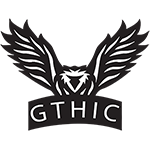

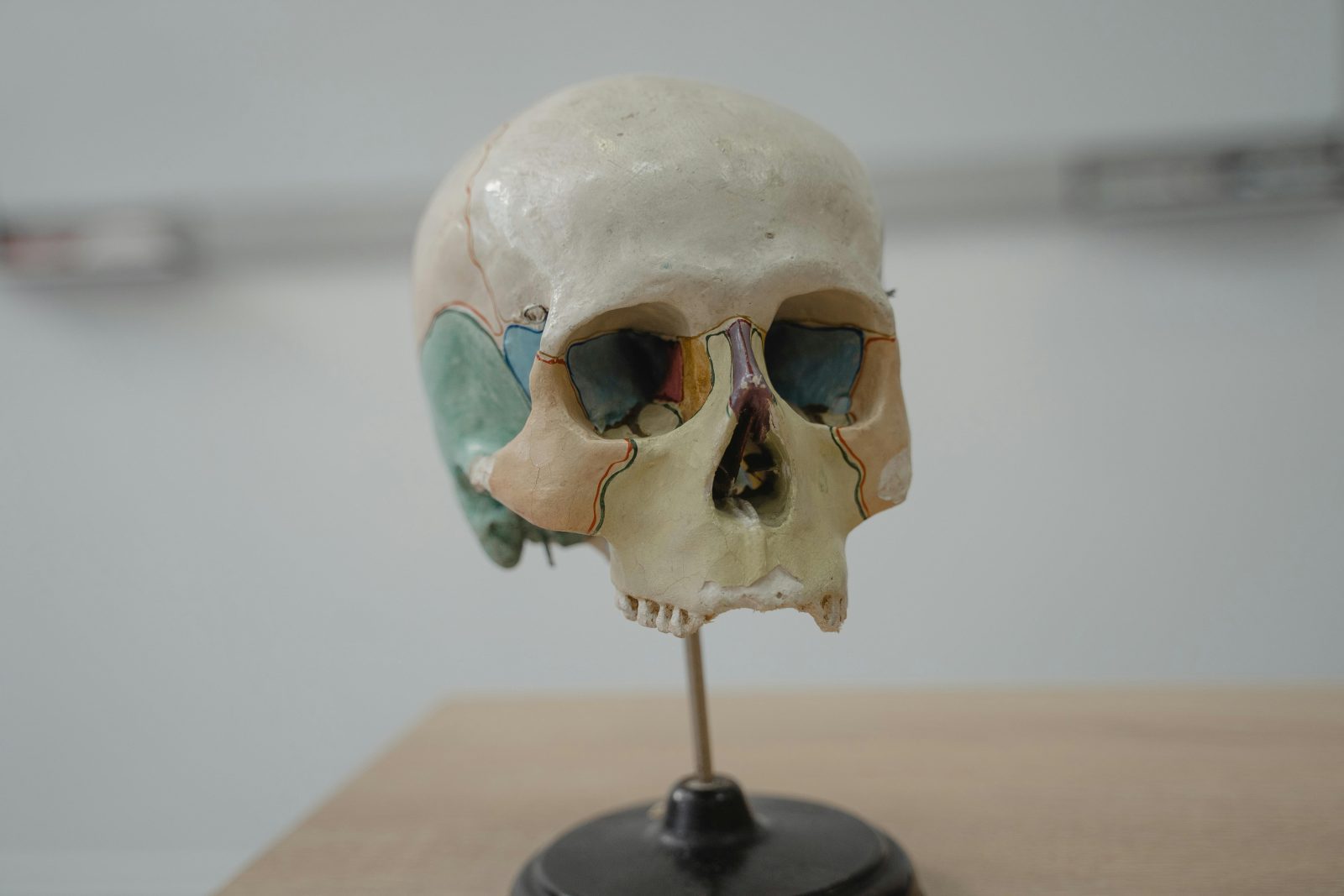






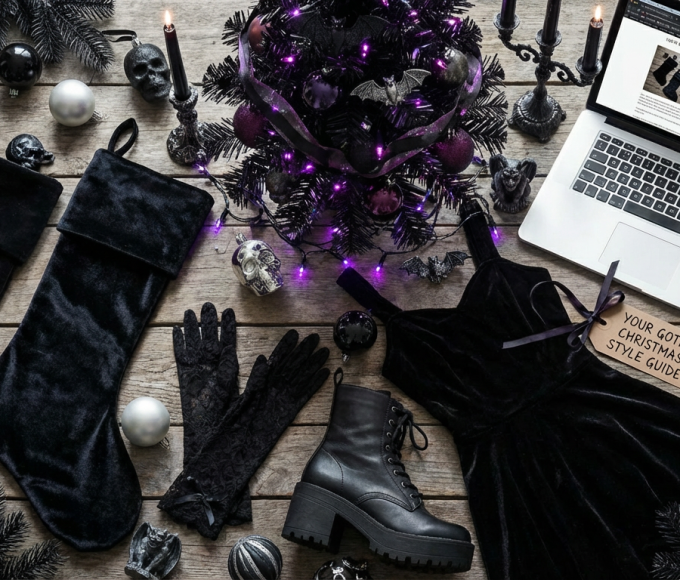


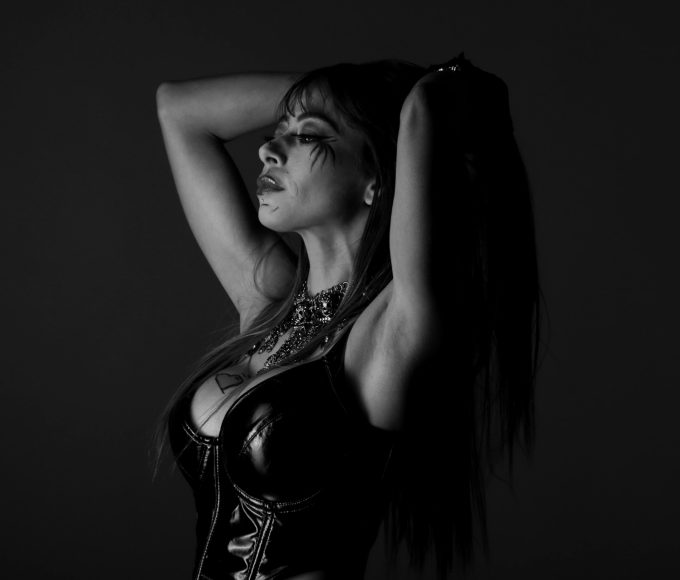
Leave a comment